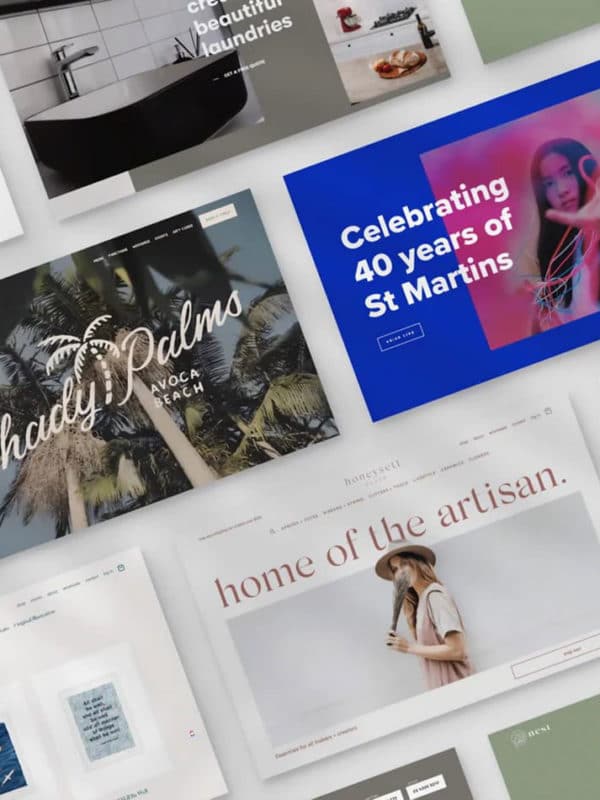What is it? When does it happen? How can you prevent it from happening to your campaigns?
Think about how many times you’ve changed the TV channel because you’ve seen the same ad ten times that night already. Or think about a time when you’ve turned off the radio because you are tired of hearing the same commercial. That’s IRL Ad Fatigue.
So, if you haven’t heard the phrase before; what is ad fatigue? Ad fatigue occurs when an audience sees an ad so often that they become bored with them and stop paying attention. The consequence? Your ad campaigns become less effective, prevent users from moving down the sales funnel, and ultimately hurts your bottom line.
As marketers, it is crucial that we continuously serve fresh, high-quality, and targeted ads to ensure that our clients’ content continues to inspire their audience, rather than causing frustration.
COVID-19 & Digital Fatigue
The global pandemic has affected us all in a multitude of ways. One trend it has certainly magnified is the amount of time people spend online and in front of screens. After all, if you can’t go somewhere public to be entertained – you might as well spend more time on Facebook or Tik Tok, binge TV shows on Netflix, or get in a game (or ten) of Fortnite (we’re looking at you Navia).
By all measures, media consumption across the globe, particularly digital media, rose in the first half of 2020 over comparable periods in 2019. But when is too much, too much? Within six months of the pandemic taking full effect, people were feeling burnt out from all the screen time – especially when you add on all the Zoom calls and hours spent working, schooling and virtually socialising.
Digital fatigue is a term that’s been around for a few years and explains the phenomenon of burnout and exhaustion brought on by excessive screen time. Not only is it real, but it’s also more acute than ever thanks to current restrictions.
Although there is only so much media companies and platforms can exert over people’s behaviour, we marketers also have skin in the game. We certainly don’t want to be sucked into the void created by digital fatigue. How can we avoid getting burnt by digital fatigue? And what proactive steps can we take to maintain consumer interest?
3 tell-tale signs of Ad Fatigue
- Low click-through rates
If CTR numbers fall considerably over time, it could be because we are boring our audience, and they’re no longer willing to engage with the brand. - Less Engagement
If people casually view the brands ads and move on, they’re not really engaged – and an engaged audience is key to yielding comments and shares. - Fewer Impressions
Social media algorithms are set-up so that only the most relevant content appears at the top. The same applies to advertisements. If people aren’t interacting with our paid posts, they’re not as likely to see them in the future.
Ultimately, the purpose of advertising is to turn new viewers into customers, which can’t happen if you’re over-serving ads to the same viewers, or creating low-quality ads 🙅♂️
Fortunately, recognising and planning for ad fatigue early on can help reverse the impact! In some cases, it is as simple as altering the image being utilised, or using more Google Ad features to adapt text, based on audience’s habits and preferences.
How can we cure Ad Fatigue?
It doesn’t always take a ton of work to reduce ad fatigue. Simple changes can be all that is needed to update the look and feel of our campaigns.
- Update the background colour of display ads.
We’re often exposed to the same images over and over, which can be tiring and compel us to ignore the ads next time we see them. Display ads can be particularly susceptible to ad fatigue because we are showing the same audience the same advertisement multiple times. Luckily, there’s a simple fix to avoid this: by changing the background colour of our ads, we can refresh the audience’s interest in the content. This small change is often enough to make our advertisements appear brand-new. - Customise ads using customisers.
Google’s ad customisers have been around for a few years, and they’re powerful tools for increasing conversions and maintaining ad freshness. They ensure ads stay fresh and relevant, while simultaneously creating a sense of urgency that entices followers to click on our CTA’s. In short, ad customisers dynamically update advertisements with content that is tailored to the audience, and deliver that content in a time-sensitive manner. - Rotate ads frequently.
As marketers, we know that schedules are important: we need a clear plan to keep all campaigns on-track. That being said, showing an ad too many times to the same people can easily lead to fatigue. We can combat this issue by creating multiple ads and rotating them. These versions can all deliver the same content, but should include differences in text and/or design. This helps to keep content fresh and allows us to optimise campaigns based on which ads perform best. - Monitor campaigns.
It’s not enough to write new copy or swap out creative – we need to continuously track our ads to ensure fatigue doesn’t set in. To keep ad fatigue on our radar, we should be monitoring frequency and click-through rates. This allows us to identify ad fatigue early on and adjust our strategy accordingly. - Lower ad frequency.
One of the best ways to avoid ad fatigue is to limit the number of times viewers see the same ad. Seeing the same ad can get annoying and is not a good way to woo customers into exploring our clients. AdEspresso tested the effects of ad frequency of click-through-rate and found that when people saw the same ads twice, CTR fell by 8.9 percent. And by the 4th time, the CTR decrease was already 23.3 percent. At the same time, Cost-per-Click was rapidly increasing. We want to keep an eye on our ads to make sure they aren’t shown more than three times to the same audience. - Optimise audiences.
Regular A/B testing can help optimise creative to reach the most valuable viewers. This means testing all different elements as we refresh them, from images and colours, to CTAs and headlines. It’s important to run tests over a period of at least 30 days, when possible, to get an accurate sense of what appeals to the audience. Over time, we will start to glean insights into which general elements work and which ones fall short. - Exclude people who have engaged with our ads.
One effective way to make sure we don’t bother people in our audiences is to exclude the ones who have already visited the campaign’s landing page. This is easy to do with pixels and custom audiences. - Use retargeting and dynamic ads.
Both retargeting and dynamic ads are ways of personalising what viewers see based on other items and sites they have viewed. This is a great way to combat fatigue because people will get customised content based on information, services and items they have previously shown interest in.
Our Final Thoughts…
Combatting Ad Fatigue starts and ends with generating fresh interest in advertising. This can be done through top-notch creativity in messaging, which sometimes is easier said than done. The more we A/B test, the better we will get at understanding what our audiences are engaging with. But along the way, targeted advertising can also help cut through the noise, even in this era of digital fatigue.
It’s important to have a ‘Less is More’ mentality when the time calls. Frequency can be our enemy in the age of digital fatigue. No one wants to see the same ad over and over, whether they’re streaming, scrolling or gaming – it’s important to think bigger – to put ourselves in the shoes of our audiences and approach campaigns with thoughtfulness and an open mind.







